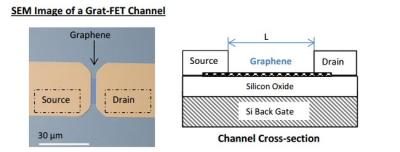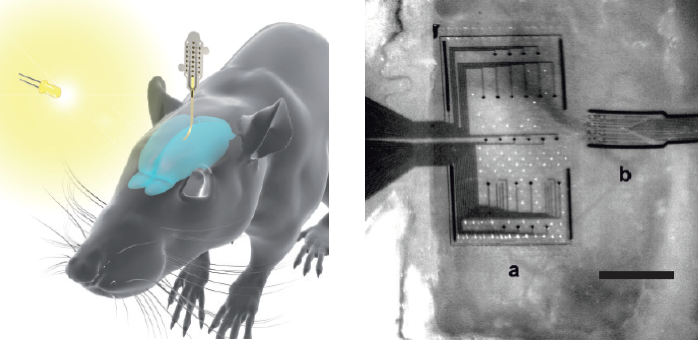Abstract: The past decade has seen rapid growth in the research area of graphene andits application to novel electronics. With Moore's law beginning to plateau,the need for post-silicon technology in industry is becoming more apparent.Moreover, existing technology is insufficient for implementing terahertzdetectors and receivers, which are required for a number of applicationsincluding medical imaging and security scanning. Graphene is considered to be akey potential candidate for replacing silicon in existing CMOS technology aswell as realizing field effect transistors for terahertz detection, due to itsremarkable electronic properties, with observed electronic mobilities reachingup to $2 times 10^5$ cm$^2$ V$^{-1}$ s$^{-1}$ in suspended graphene samples.This report reviews the physics and electronic properties of graphene in thecontext of graphene transistor implementations. Common techniques used tosynthesize graphene, such as mechanical exfoliation, chemical vapor deposition,and epitaxial growth are reviewed and compared. One of the challengesassociated with realizing graphene transistors is that graphene issemimetallic, with a zero bandgap, which is troublesome in the context ofdigital electronics applications. Thus, the report also reviews different waysof opening a bandgap in graphene by using bilayer graphene and graphenenanoribbons. The basic operation of a conventional field effect transistor isexplained and key figures of merit used in the literature are extracted.Finally, a review of some examples of state-of-the-art graphene field effecttransistors is presented, with particular focus on monolayer graphene, bilayergraphene, and graphene nanoribbons.
- Currently, owing to its remarkable electro-mechanical, thermal, and optical properties, graphene has attracted tremendous attention in the research community as one of the most prominent materials.
- Concept is implemented by configuring graphene as a field effect transistor (FET) on a radiation-absorbing undoped semiconductor substrate and applying a gate voltage across the sensor to drift charge carriers created by incident photons to the neighborhood of graphene, which gives rise to local electric field perturbations that change graphene.
- The SB-FET (Schottky-barrier field-effect transistor) is a field-effect transistor with metallic source and drain contact electrodes, which create Schottky barriers at both the source-channel and drain-channel interfaces. The GFET is a highly sensitive graphene-based field effect transistor.
Graphene Field Effect Transistor
Submission history
From: Mohamed Warda [view email]
Field Effect Transistors (FETs): Graphenes (graphene nanoribbons (GNRs) and graphene nanomeshes (GNMs)) are commonly used to make FETs. GNR have shown properties similar to that of semiconductor due to the bandgap opening in the graphene but practical devices require high driving current and to improve the viability of this in applications, a.
 [v1]Mon, 19 Oct 2020 13:59:47 UTC (6,280 KB)
[v1]Mon, 19 Oct 2020 13:59:47 UTC (6,280 KB) Full-text links:
Full-text links:Download:
Current browse context:References & Citations

arXivLabs is a framework that allows collaborators to develop and share new arXiv features directly on our website.
Both individuals and organizations that work with arXivLabs have embraced and accepted our values of openness, community, excellence, and user data privacy. arXiv is committed to these values and only works with partners that adhere to them.
Have an idea for a project that will add value for arXiv's community? Learn more about arXivLabs and how to get involved.
Field Effect Transistors Pdf
